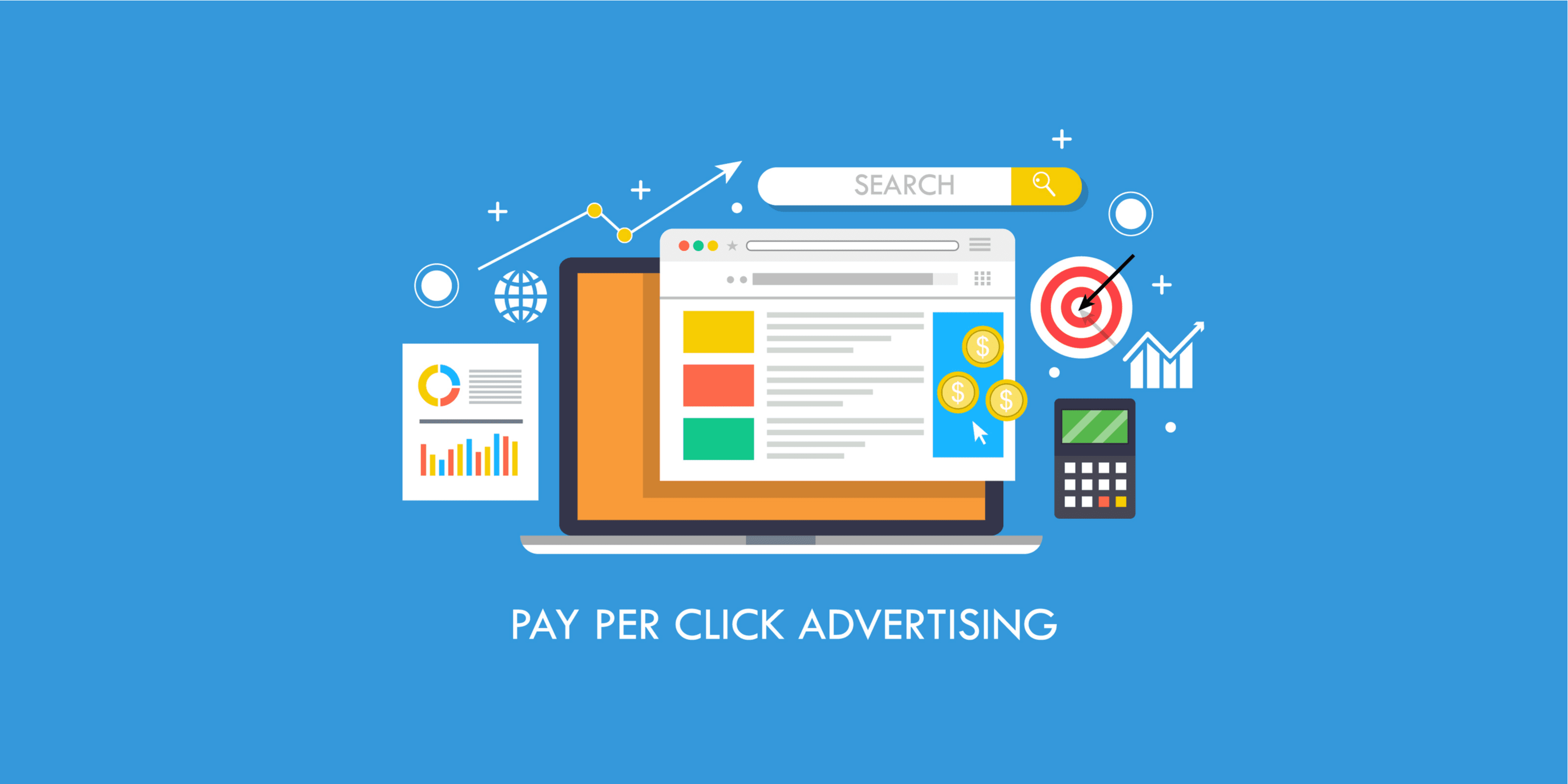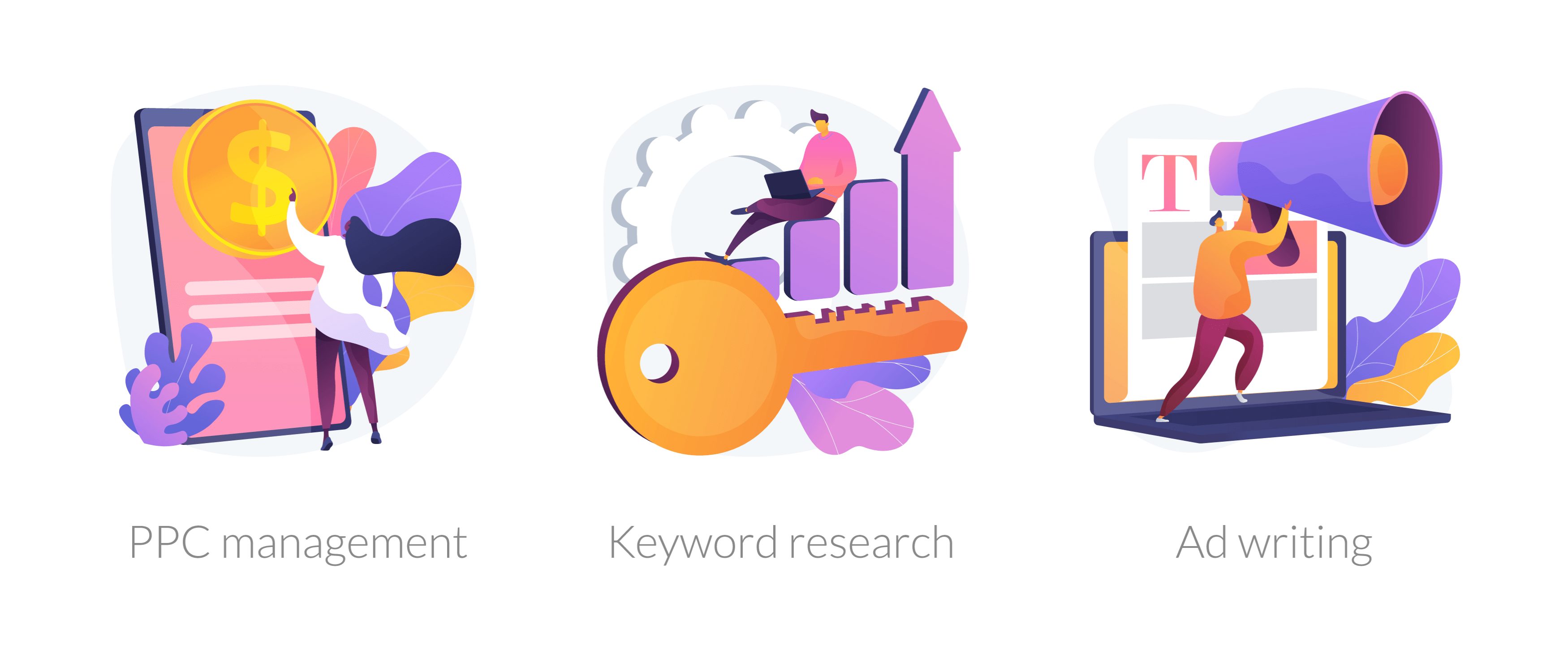
Paid Ads Work Fast for Dentists
Training as a dentist takes years of studying, hard work, and determination. Additionally, to build your own successful dental practice, you need a host of business and marketing skills to ensure you continue to attract patients and retain existing ones. An often overlooked and underutilized area of digital marketing for dentists is PPC.
When done correctly, PPC for dentists can be an incredibly impactful and rapid method to raise brand awareness, increase traffic to your website, and improve the number of appointments you’re booking.
While you could put more effort into SEO (search engine optimization), results typically take a few months to become apparent, sometimes even longer. If you require immediate impact – PPC is the channel for you. Let’s discuss why.
If you want to learn how Digital Authority Partners can increase your PPC effectiveness, watch this video!
What Are PPC Ads?

Pay-per-click advertising is your opportunity to pay your way to the top of search rankings. For almost every term you search, the first three results are usually ads that appear above organic searches.
Let’s use an example, patients in New York City are likely searching for dentists in Manhattan or another area. PPC allows you to specify the search terms you want to appear for and set an amount you are prepared to pay every time someone clicks on your ad. Furthermore, you can confirm a maximum budget, keeping your spending in line with your strategy.
Top Tips: PPC Management for Dentists

PPC is more than placing the highest bid per keyword. Google exists to give users the most relevant information and the best experience. If you implement these top tips, you’ll see rapid results from your PPC campaigns.
1. Know Your Audience
To create effective PPC campaigns, you need to know your audience, where they’re based, and the dental services they need. You may already have this knowledge, which is a great start. This information gives you the foundation for structuring your campaigns, researching keywords, and writing compelling ad content.
2. Research Keywords
Now you’ve got to find out what terms your prospective patients are looking for. Tools such as Semrush are a great place to start. You'll discover the keywords that your website already ranks for and find suggestions for new keywords.
Our first suggestion would be to look at the keywords that your website ranks for organically. From here, you can save your budget by not including the terms you rank in position 1 for in your PPC campaigns.
Additionally, learning what keywords your competitors rank highly for can bring even greater benefit. Targeting these keywords will be the most effective way of generating results quickly. Pick out relevant keywords you don’t rank for that generate a high volume of traffic, and you can buy your way above your competitors' SEO rankings.
3. Targeting Local Traffic
Unless you’re a highly specialized dentist whom people travel far and wide for, the vast majority of your clients are local. A fantastic benefit of dental PPC advertising is the geo-targeting features.
Like any other form of marketing, for PPC to be successful, you need to target a relevant audience. Specifying local areas within your campaigns means only residents near you will see your ads. Also, this saves you valuable dollars by stopping someone hundreds of miles away from clicking on your ads.
4. Writing Enticing Ad Copy
All dental PPC experts will tell you that your marketing efforts become relatively meaningless without compelling ad copy. If words aren’t your thing, take a look at what your competitors are doing. Search your chosen keywords, review the top ads, and take inspiration from them. However, be sure not to plagiarize or copy directly from their work. Show your personality and be unique – it helps users relate to you and gives you more credibility.
A few simple tips to guide your content are:
- Include keywords in the headline and description
- Try to use language that encourages action, such as booking an appointment or finding out more
- Don’t use jargon – talk to a patient in words they would use
- Create a simple display URL that uses your chosen keyword
5. Ad Extensions & Site Links
Include site links and ad extensions, making it as easy as possible for users to find the information they need. This allows you to highlight important details as well as provide links to additional pages on your website.
Additionally, you can create call-only ads. According to HubSpot, 41% of website traffic is on mobile, meaning you need to provide PPC ads that are user-friendly for them. It’s possible to give the ability to click your phone number directly in your ads, saving users the time and effort of going to your website and finding contact information themselves.
6. Landing Page Content
Lastly, while not directly a part of dental PPC advertising, landing page content is crucial to the overall success of your ads. Firstly, Google will penalize your ads and not show them if the landing page isn’t relevant to your ad copy. If you do manage to get users to your website, but your landing page doesn’t give them the information they need, they’ll likely bounce.
In Summary
Dental PPC is an ongoing process of optimization. While you will see some results quickly, you have to remember that paid advertising is a competition. Once your competitors see your improvements, they’re going to engage in their own PPC enhancements in an attempt to establish themselves in the prime positions. Continue to monitor the success of your campaigns, refining them to target the most relevant people and keywords.
We opened by telling you that dental PPC advertising is a way to buy yourself to the top of the rankings, but what you’ve learned is that numerous elements dictate whether you appear at the top or not. A healthy budget will help your efforts, but neglecting the other tips means you won’t see the instant success you imagined.
Want To Meet Our Expert Team?
Book a meeting directly here




